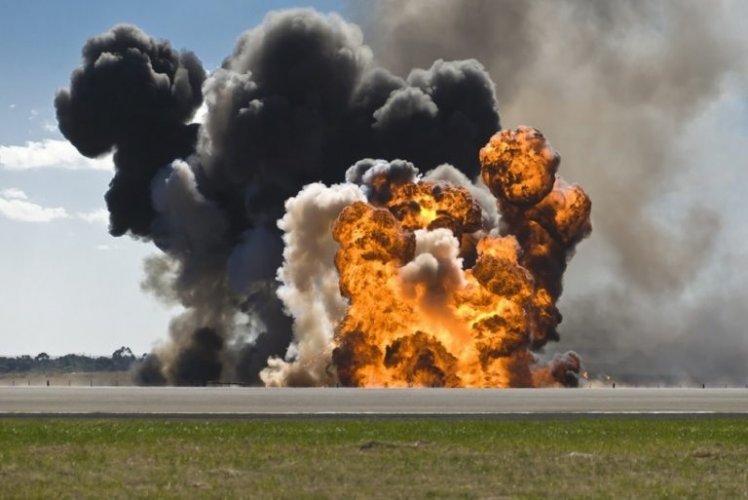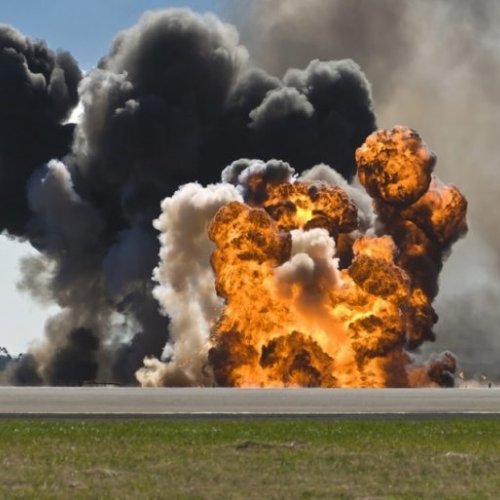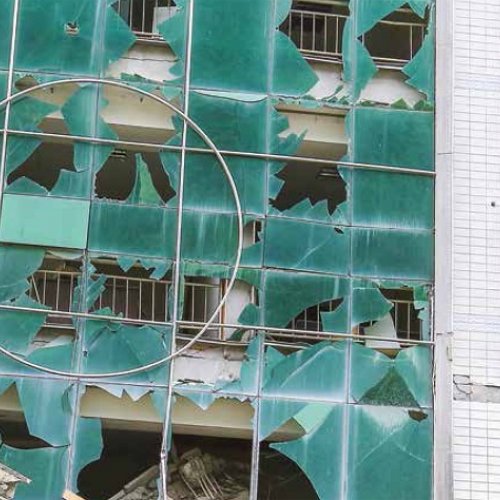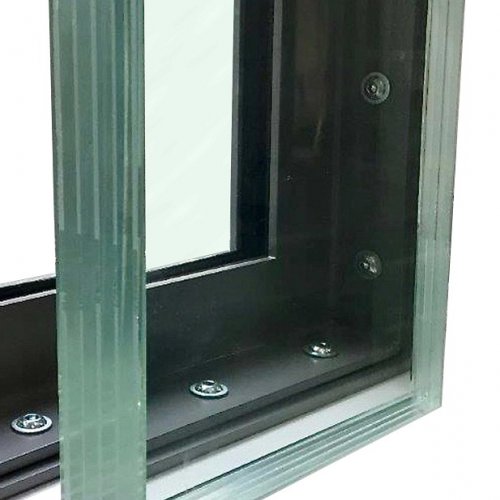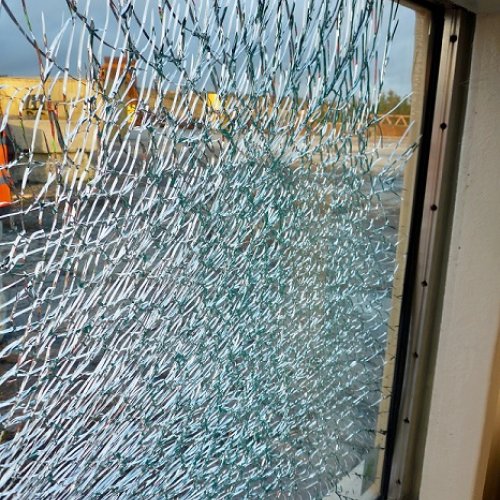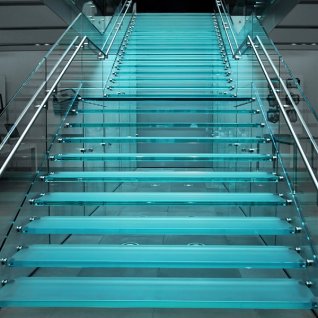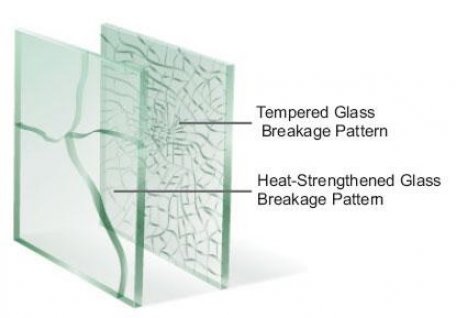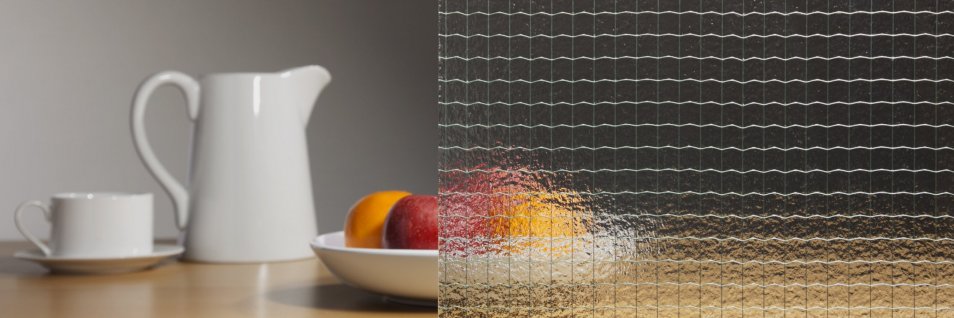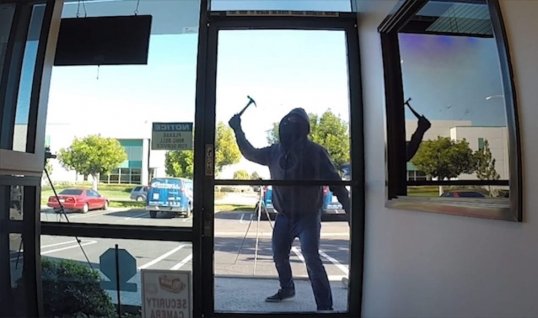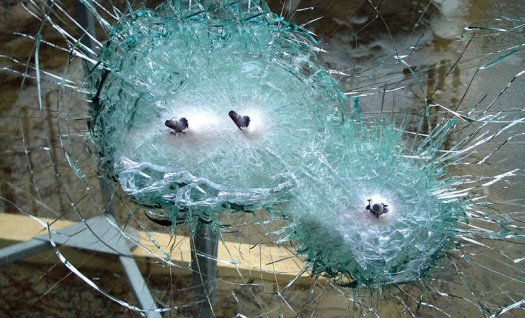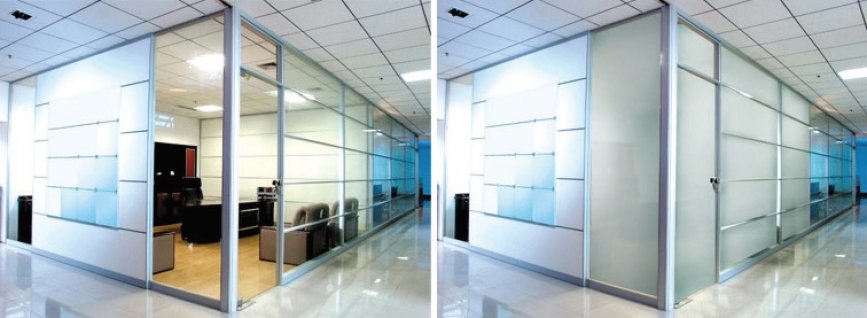Some types of glass can withstand the shockwaves of an explosion without shattering
even though they are ultimately destroyed. Such glass can prevent serious bodily injury caused by flying shards of glass or other external debris.
Under standard EN13541, glass that is explosion-resistant is classified ER1 to ER4.
These classifications reflect a variation in instantaneous pressure of between 50 and
250kPa (~0.5 to 2.5 bar), depending on the classification, over a period of at least 0.02
seconds. As with glass resistant to firearm attacks, a distinction is made depending on
whether or not splinters are present on the protected side of the glass.
| Class | Thickness (mm) | Weight (Kgr/m²) |
|---|---|---|
| ER1-S | 10 | 22 |
| ER2-S | 19 | 43 |
A laminated glass incorporating with polycarbonate components is an also available product. These glazings are thinner and lighter but provide the same level of performance.
| Class | Thickness (mm) | Weight (Kgr/m²) |
|---|---|---|
| ER3-NS | 24 | 51 |
Explosion resistance Glasses provide effective protection against explosions. The appropriate structure should be selected on a case-by-case basis depending on the risks encountered.
Recommended to protect buildings in the event of an external explosion, for example in the pharmaceutical, chemical and petrochemical industries, banks, embassies and so on.


